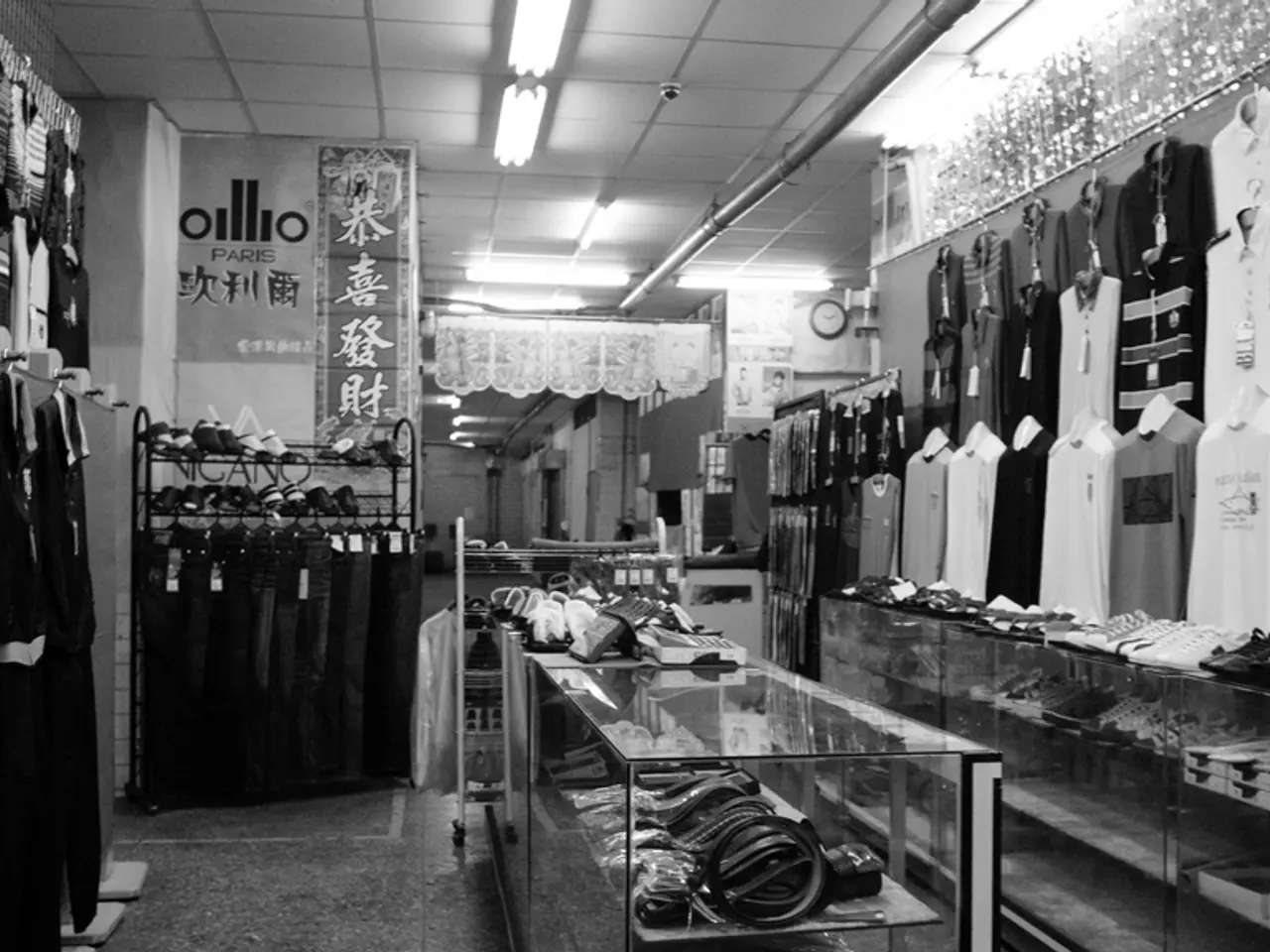Guide on Organizing a Garment Exchange Event
In the world of fashion, sustainability is becoming increasingly important. One innovative and eco-friendly solution to fast fashion is the clothing swap event, a trend that's been gaining traction this month. Here's how to effectively host a sustainable fashion clothing swap event, drawing from recent examples and best practices.
**Step 1: Define the event’s purpose and audience**
Focus on reducing waste, keeping quality clothing in circulation, and fostering a community around sustainable fashion. Aim for an inclusive yet manageable age group, such as 16+.
**Step 2: Set clear participation guidelines**
Limit the number of items each attendee can bring (e.g., no more than 10 clean, good-condition clothes) and emphasize that items should be ready-to-wear and in good condition to maintain quality. Implement a fair trade policy, like a one-for-one system, to ensure simplicity.
**Step 3: Secure a suitable venue and date**
Choose a location that can accommodate social interaction and display of clothing, such as a brewery, community hall, or eco-friendly space. Promote an inviting atmosphere with options like live music and refreshments to enhance the experience.
**Step 4: Create engaging community activities**
Add features such as a DJ, live music, or a “Curated Rack” where community members can be sellers for the day, increasing engagement and visibility.
**Step 5: Promote the event effectively**
Leverage social media to attract participants interested in circular fashion. Use clear hashtags, Instagram pages, and encourage pre-event registration to manage numbers and clothing items.
**Step 6: Manage logistics carefully**
Arrange for a drop-off time before swapping begins to organize items efficiently. Adopt a simple system for swapping exchanges to avoid confusion and ensure fairness. Consider payment options for any fees, such as cash or Venmo at the door, to streamline entry.
**Step 7: Educate and inspire attendees**
Include information or signage about the environmental benefits of swapping clothes versus buying new and practical tips for sustainable wardrobe management.
By following these steps, a sustainable clothing swap can thrive as a zero-waste, socially enriching fashion event. Whether it's clothes, bags, accessories, shoes, or even a kids' section, there's usually an abundance of items to choose from without a minimum number of items to bring. A full-length mirror is helpful for people to see what their new clothes look like on, and advance notice is beneficial when organizing a clothing swap as it allows participants to prepare and saves items for the swap.
Remember, a clothing swap is an event where individuals can pass on their unused clothes to others and acquire new items from others' closets. It's a cost-effective and environmentally friendly way to shop for new clothing. Rules may vary from event to event, but fairness and respect are expected by all participants. If an item has holes, tears, missing buttons/zippers, or stains, it should be sent to the recycler.
So, why not get involved in this exciting and sustainable fashion movement? Host a clothing swap event today and join the growing community of conscious consumers!
[1] Sustainability Matters, "How to Host a Clothing Swap: A Guide to Sustainable Shopping," 2021. [2] The Guardian, "How to host a clothes swap party," 2019. [3] TreeHugger, "How to throw a successful clothing swap," 2018. [4] Refinery29, "How to Host a Clothing Swap Party," 2017. [5] One Green Planet, "How to Host a Successful Clothing Swap," 2016.
- An environmental lifestyle in fashion-and-beauty and home-and-garden sectors can be promoted through sustainable living, demonstrated by the growing popularity of clothing swap events in communities.
- To encourage a sustainable environmental lifestyle, one could host a community-led, inclusive fashion-and-beauty clothing swap event by setting clear guidelines, securing a suitable venue, and engaging attendees through innovative activities.
- Sustainable living can extend beyond fashion-and-beauty to lifestyle changes, as seen in home-and-garden upcycling projects, where items can be donated, sold, or swapped, further reducing waste and promoting a circular economy.







